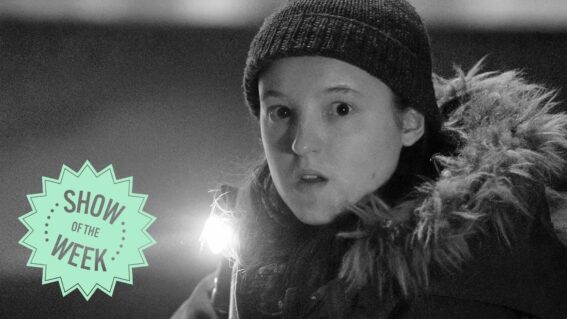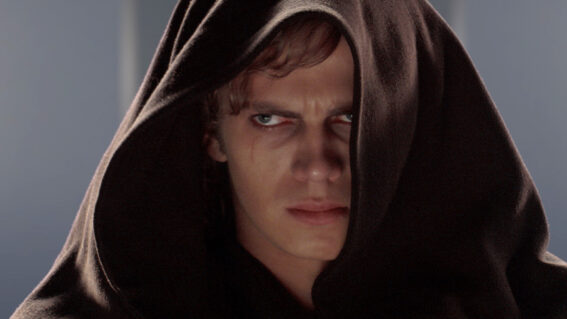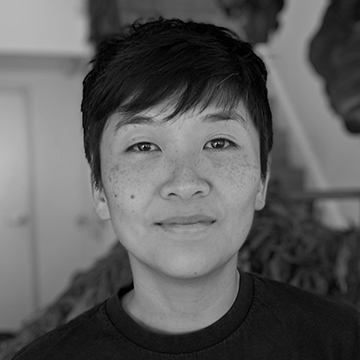Sasquatch Sunset directors try to explain why they made a dialogue-free Bigfoot movie

Beneath the furry costumes, Jesse Eisenberg and Riley Keogh are among the human actors playing a bigfoot family in Sasquatch Sunset. Rory Doherty tried to get to the bottom of it all with filmmakers David and Nathan Zellner.
Making a feature film about a family of bigfoots (bigfeets?) with big name actors and not a single line of human dialogue comes naturally to David and Nathan Zellner, and maybe only David and Nathan Zellner. The brothers have enjoyed storied careers in independent film and internet content before now—sharing directing duties, producing each other’s solo films, and acting in peers’ projects—and most recently co-directing episodes of the Nathan Fielder and Benny Safdie satire The Curse. With their uncompromising and bafflingly mainstream Sasquatch Sunset, it feels like we’ve got the type of film that only gets made by people who are utterly serious about making the weirdest shit.
The Zellners trace their obsession with cryptids to the Leonard Nimoy-hosted mystery show In Search Of… but Bigfoot always stood out to them as an untapped goldmine. “America doesn’t have a lot in terms of mythology because it’s so young as a country, so that was something that we were always obsessed with,” David told Flicks. “When there’s footage out there, it’s always the same thing—Bigfoot walking across the field or something. So it was just initially a joke, we were like, why is that all they ever catch? Like any other animal being documented, they [must] have a whole range of behaviour. So we started thinking, what else is it doing…”
Sasquatch Sunset traces the routines and misadventures of a nuclear family of sasquatches in a wild expanse of forest, whose natural conflicts and bonding is overshadowed by a melancholic glimpse at modern life. Despite the absurdity of four grown actors wearing OG Planet of the Apes monkey costumes, David explains the strict rules they had to tell the story correctly.
“We knew from the start that we didn’t want humans in it, because that’s been done. There’s also a certain level of judgement you’re placing on it if there’s human characters; it’s really about the humans and the creatures are a backdrop. We wanted to really be immersed in their world, from their point of view. In the same way, we didn’t want voiceover because that’s still an imposed layer from them.”

Sasquatch Sunset is funny, but not in the way you might expect. It has an ambient, restrained tone and lets the absurdity rise to the surface. “Comedy evolves over time, but especially nowadays, it seems like everything’s derivative of The Simpsons, where it’s just gag after gag after gag. We knew that there was an absurdity to this story, but you can only watch that for like 15 minutes,” explains Nathan, who also appears in the film as “Alpha Male”, the most masculine creature. “Since we were exploring the full spectrum of their life, it made sense to be more profound, and carry it through the full feature. It’s not a joke, we want you to feel for these creatures, we want you to struggle with them.”
“One thing that separates humans from the rest of the animal kingdom is shame,” says David. “We like the idea of being open to that full spectrum of behaviour and exploring extremes without sanitising it. We wanted to normalise all their behaviour and be open to wherever it took us. We knew there’s inherently going to be a lot of absurdity to that—something you see your dog or cat do you [might] think nothing of, but then you see this animal that has human-like characteristics and it suddenly becomes uncomfortable. That was fascinating to us.”
Obviously, there are still plenty of gags. “It was like, well, we’d be fooling ourselves if we didn’t acknowledge the humour of this moment,” says David, who is the film’s solo writer. “I think I knew as it went on, it was going to become more melancholic, but it was kind of like reading the room of how it should go.”

Those following Jesse Eisenberg’s unpredictable non-studio career choices may be less surprised to know he jumped at the challenge of playing a sasquatch (“He’s known a lot for how quickly he talks and his voice,” Nathan points out). But Riley Keogh? “She’s actually extremely funny and has an amazing sense of humour. She got the tone of it right away,” Nathan says. “You put actors like that in a situation like this, and they just elevate on an emotional level and can carry like the funny bits.” This dramatic pathos persisted despite Nathan occasionally directing the film in bigfoot costume.
The film has seen divisive reactions from fests so far, something the Zellners have relished—“It’s been very gratifying watching it with people,” says David. Are they interested in what the cryptid community has to say about the film? “They’re an interesting bunch, because they all group together, but they don’t ever really agree online, because it’s all theoretical,” says Nathan. Everybody’s kind of nitpicking about the evidence that’s out there. So I think this would be divisive, but in a different way.”






















